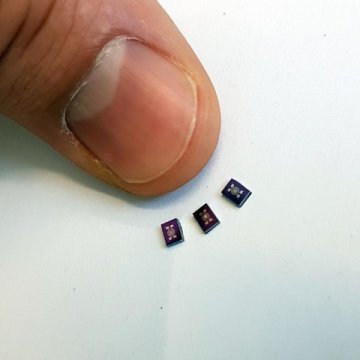While trained dogs are still the best disaster workers, they do need to take breaks, and are often not available immediately in disaster areas, dog teams have to travel from further afield. Small sensitive gas sensors have already been developed to detect metabolic products that humans emit in low concentration via skin or breath such as ammonia, isoprene, and acetone. Researchers from ETH Zurich have combined these sensors in a new device with two commercial sensors for CO2 and moisture, the combination of sensors will provide reliable indicators of the presence of people.
There are differences between compounds emitted via skin and breath, such as acetone and isoprene are typical substances the body breathes out, while ammonia is typically emitted through skin. Entrapment experiments simulators involved participants wearing breathing masks in the first phase where air exhaled was channelled directly out of the chamber; second phase it remained inside: which allowed for separation of skin and breath emission profiles.
The newly developed gas sensors are about the same size as a computer chip, and about as sensitive as most ion mobility spectrometers. Next phase is to test during real conditions, to ensure that it is suited to be used in emergency searches after avalanches and earthquakes. There are devices currently being used in searches using camera and microphones, which is wonderful, but unfortunately these only work for entrapped survivors who are capable of making themselves heard or those who are visible beneath the ruins. This sensor was developed to complement these devices helping to further save lives which might have been missed, researchers are looking to partner with others to further development.
It is thought that robots or drones may be equipped with these gas sensors allowing access to difficult or inaccessible areas to be searched. The technology could even have further potential in other applications other than rescue searches, such as detecting stowaways and exposing human trafficking




